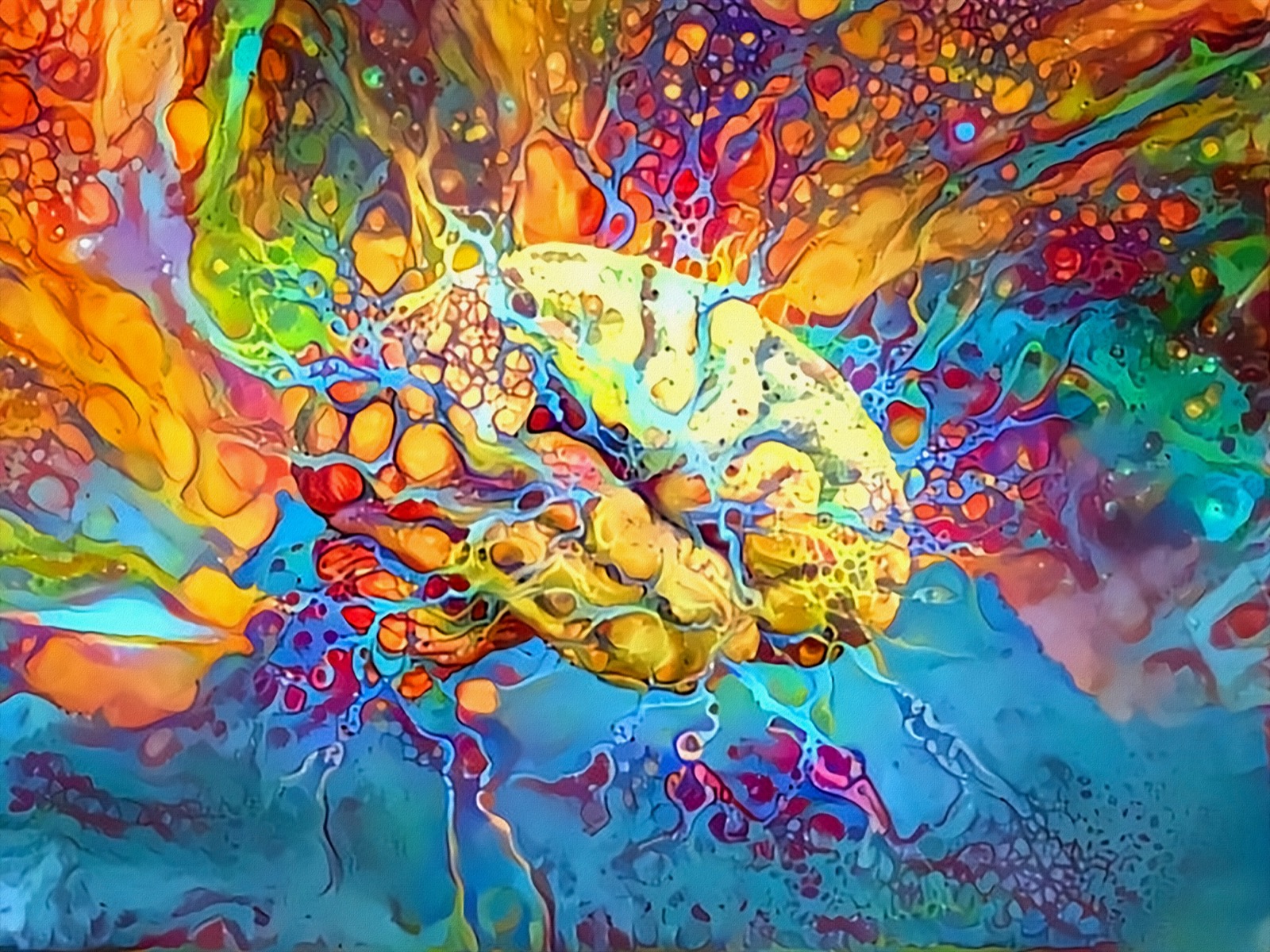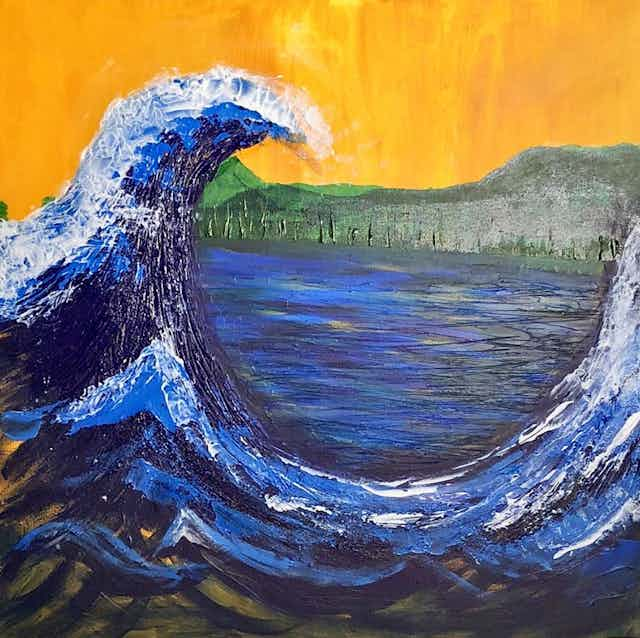The Duty of Trump Art in Shaping Cultural Discussions Around Leadership
The Duty of Trump Art in Shaping Cultural Discussions Around Leadership
Blog Article
Starting an Aesthetic Trip Via the Lyrical Analyses of Nature in Impressionist Landscapes
Each brushstroke, each play of light and darkness, and each color selection in their jobs talks quantities regarding the musicians' deep link to nature and their capacity to convert its beauty onto the canvas. As we discover the lyrical interpretations of nature in Impressionist landscapes, we are invited to submerse ourselves in a world where fact and feeling link, using a glimpse into the musicians' extensive admiration for the all-natural globe.
The Exciting Brushstrokes of Claude Monet
Claude Monet's proficiency of brushstrokes goes beyond mere strategy, imbuing his landscapes with a spiritual quality that enthralls and astounds audiences - trump art. His ingenious use shade and light, incorporated with his distinct brushwork, produces a sense of motion and life within his paints. Monet's popular series of jobs portraying water lilies and his iconic haystacks showcase his capacity to catch the short lived effects of light and environment

Taking On Light and Shadow With Camille Pissarro
Embodying a comparable reverence for the interaction of light and darkness, Camille Pissarro's imaginative vision unfolds as a harmonious exploration of the natural world's luminescent subtleties. Pissarro, a vital figure in the Impressionist motion, masterfully caught the vibrant connection in between light and shadow in his landscapes. His experienced use color and brushwork enabled him to communicate the subtle changes in light that define various times of day and periods.
Pissarro's paintings often include dappled sunlight infiltrating leaves, casting complex patterns of light and darkness on the planet listed below. In works such as "Hoar Frost, the Impact of Snow, Pontoise," Pissarro skillfully depicts the crisp illumination of wintertime sunshine juxtaposed with the great shadows that define the snowy landscape. By welcoming both light and shadow in his make-ups, Pissarro invites audiences to submerse themselves in the natural appeal and transient effects of light worldwide around them.

Through Pissarro's jobs, we are reminded of the transformative power of light and darkness, welcoming us to pause and appreciate the fleeting minutes of charm existing in the day-to-day landscapes that surround us.
A Harmony of Colors by Edgar Degas
Edgar Degas manages a vibrant harmony of colors in his masterful art work, instilling his structures with a dynamic interaction of colors that captivate the audience's gaze. Recognized largely for his ballet professional dancers and intimate scenes of Parisian life, Degas expertly controlled colors to communicate mood and activity in his paints. trump art. His use of bold, different shades and refined tonal variations created a feeling of depth and vibrancy within his works
Degas' color scheme commonly was composed of rich blues, deep environment-friendlies, and warm oranges, which he used with certain brushstrokes to capture the significance of his subjects. Whether depicting a ballerina mid-performance or a group of good friends speaking at a cafe, Degas' shades not just illustrated the scene however likewise evoked a sense of emotion and energy.
Furthermore, Degas' experimentation with light and darkness added an additional layer of complexity to his shade compositions, enhancing the total atmosphere of his paintings (trump art). With his competent adjustment of color, Degas produced a visual symphony that proceeds to reverberate with viewers today
Checking out Nature's Calmness With Berthe Morisot
Berthe Morisot's creative vision provides a tranquil separation from the lively color harmonies of Edgar Degas, as she captures the harmony of nature in her evocative landscapes. Known for her delicate brushwork and intimate representations of day-to-day life, Morisot's landscapes show a feeling of peace and harmony.
Morisot's paints often include soft, muted tones that share a feeling of calmness and tranquility. Her works, such as "The Cradle" and "Summertime's Day," showcase her capacity to catch the refined elegance of nature in a method that is both comforting and contemplative to the viewer.
Unlike a few of her Stylist counterparts that focused on dynamic structures and bold shades, Morisot favored to produce gentle, introspective this website scenes that welcome the visitor to stop briefly and reflect. Via her masterful use hop over to these guys of light and shadow, Morisot creates a sense of peace that reverberates with the customer on a deep emotional level.
The Emotional Landscapes of Vincent Van Gogh
Vincent Van Gogh's landscapes clearly communicate a depth of feeling with their vibrant brushwork and meaningful usage of shade. The Dutch post-impressionist musician is renowned for his capacity to capture raw and extreme feelings in his paintings, transcending typical depictions of nature. Van Gogh's troubled individual life, noted by mental health battles, substantially affected his art, infusing his landscapes with a feeling of unease, moody, or vitality.
In jobs such as "Starry Evening" and "Wheatfield with Crows," Van Gogh's swirling brushstrokes and lively shade options evoke an extensive emotional action from customers. The rough skies and flustered landscapes in his paints reflect his internal turmoil and emotional turbulence, welcoming customers to dive into the intricacies of his psyche.
Van Gogh's distinct aesthetic language, identified by overstated viewpoints and vibrant use shade, produces landscapes that reverberate with customers on a deeply emotional degree. With his art, Van Gogh welcomes us to see nature not simply as an external fact however as a mirror of our innermost sensations and feelings.
Conclusion
Finally, the impressionist landscapes of artists such as Claude Monet, Camille Pissarro, Edgar Degas, Berthe Morisot, and Vincent Van Gogh offer a distinct and captivating aesthetic interpretation of nature. Through their use brushstrokes, shade, feeling, and light, these musicians have produced a symphony of photos that evoke a feeling of peacefulness and charm in the environment. Their works continue to inspire and charm visitors with their lyrical analyses of the landscapes around us.
Each brushstroke, each play of light and darkness, and each shade choice in their works talks quantities regarding the musicians' deep link to nature and their capacity to translate its elegance onto the canvas. His cutting-edge use of color and light, incorporated with his distinctive brushwork, develops a published here sense of motion and life within his paints. His experienced use of color and brushwork permitted him to communicate the subtle changes in light that specify various times of day and periods.

Report this page